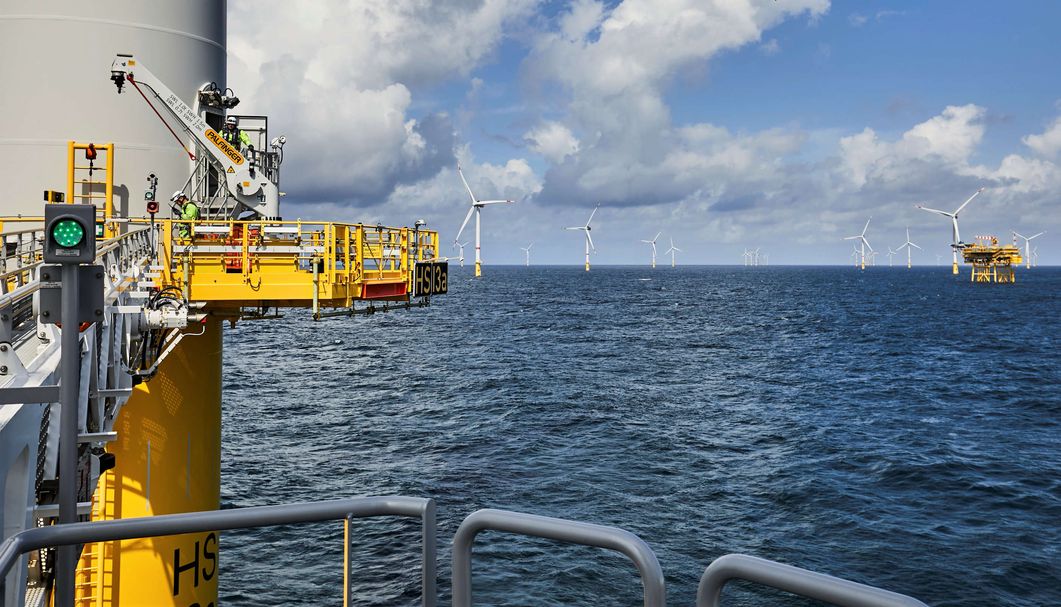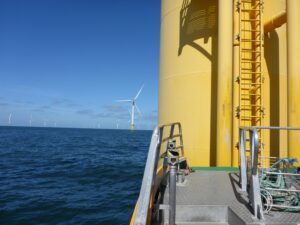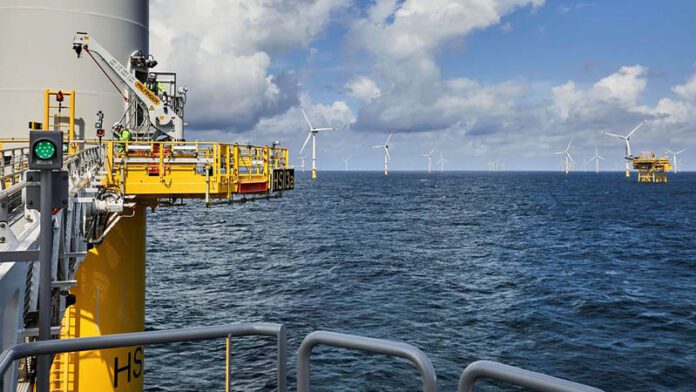EnBW and Equinor plan to develop offshore wind energy in Germany together.
By Joanne McIntyre, Stainless Steel World
Earlier this year, EnBW and Equinor announced their interest in developing offshore wind together. “In a tough international field, we are delighted to be working together with a strong partner like Equinor and combining the individual strengths of the two companies to develop German offshore wind. EnBW is among today’s leaders in offshore wind in Germany. In partnership with Equinor, a global offshore wind major, we will continue to significantly contribute to a climate-friendly energy future in Germany and Europe”, said Michael Class, Head of Portfolio Development Renewables at EnBW.
Expanding renewables
EnBW is one of the largest energy supply companies in Germany and Europe, and was among the pioneers in offshore wind power. Its Baltic 1 offshore wind farm in the Baltic Sea was officially commissioned in 2011. Baltic 1 was the first German commercial offshore wind farm, comprising 21 Siemens SWT 2.3-93 wind turbines which produce 48.3 megawatts.
In January 2020, the company commissioned Germany’s largest offshore wind power project, EnBW Hohe See and Albatros, with a combined capacity of 609 megawatts. The He Dreiht offshore wind farm with a capacity of 900 megawatts will be connected to the grid in 2025. He Dreiht will operate without any state subsidies as first fully merchant offshore project in Germany. Additionally, EnBW and bp are developing Morgan, Mona and Morven, three wind farms in the Irish Sea with a combined capacity of 5,9 GW. Further expanding renewables in Germany and selected foreign markets is a central element of EnBW’s growth strategy.
Since the beginning of its corporate transformation in 2013, EnBW has invested nearly EUR 5 billion in its Renewable Energies segment. Around EUR 4 billion is to be invested by 2025, primarily in further expanding wind and solar energy, meaning that around 50% of EnBW’s generation portfolio will consist of renewables. Installed renewable energy capacity will account for 50 percent of EnBW’s generating portfolio by the end of 2025.


Stainless steel in offshore wind
Offshore wind energy installations are built to last up to 30 years in a corrosive seawater environment with minimal maintenance due to the difficulty and high cost of carrying out repairs. Stainless steel is used in offshore wind in applications such as electrical boxes, fasteners, davit cranes, safety cables, braided hoses and fittings. The need to minimise maintenance and a trend to increase the useful life of wind turbines to 50 years is likely to result in the development of more stainless steel applications. Source: worldstainless.org


